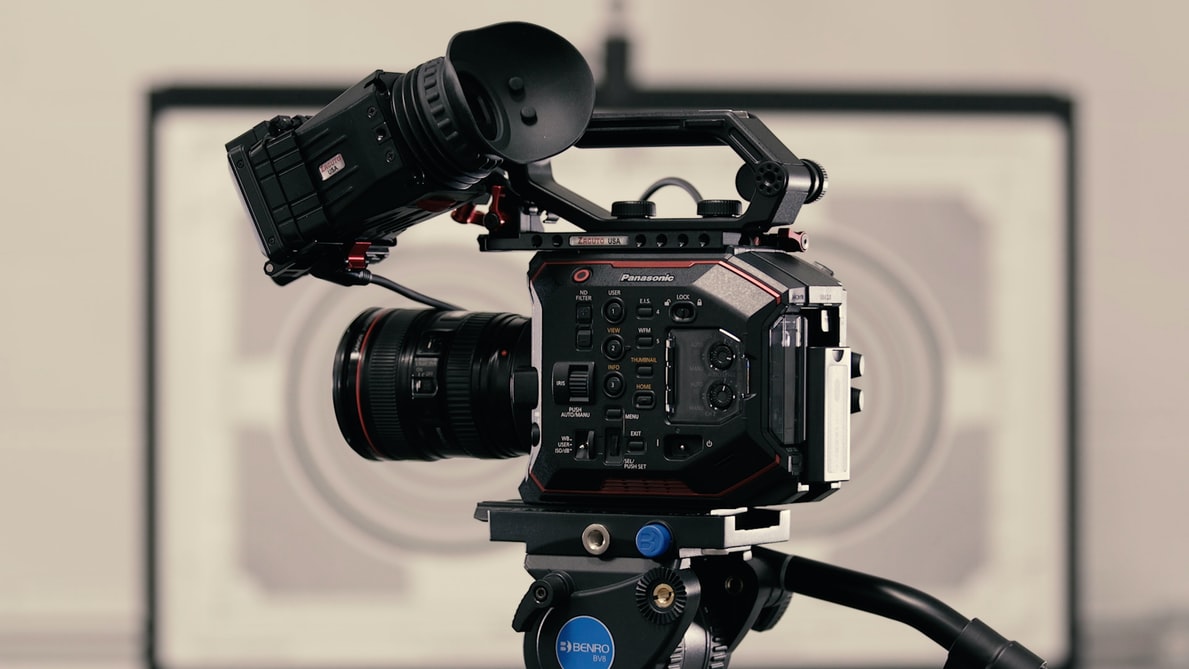Ever wondered why movie stills so much more professional than your own attempts with your phone?
The secret here is composition. Composition means the arrangement of elements in a frame. The graphic structure of a picture. There are a lot of factors playing into this structure: perspective, proportions, lines, light, colours, and more. All these details are planned and implemented by a large team in a professional video or film production. Fortunately, there is a single simple rule that makes your pictures more balanced and exciting with just one principle.
What is the Rule of Thirds?
The Rule of Thirds is the process of dividing an image into thirds, using two horizontal and two vertical lines. This imaginary grid yields nine parts with four intersection points. Based on the Rule of Thirds, the image is divided into a 3×3 grid, and all the key elements should be aligned to this grid — either at the lines or crossing points.
When you position the most important elements of your image at these intersection points, you produce a much more natural image. It is also suggested that any horizon is placed on either the top horizontal line or bottom horizontal line.
The off-centre composition is pleasing to the eye because it’s typically where the eyes go first. When there is a subject or object off centre, it also gives viewers the ability to interact with that space between them. This allows for interpretation and conversation between the subject and the background, as opposed to a fully centred subject.
To apply the rule of thirds, here are two tips to guide you:
1. Camera settings
To not lose sight of your composition, you can show a 3×3 grid on most cameras and smartphones. So it’s easy for you to implement this essential rule.
2. Arrange objects
You should not worry about perfectly aligning ALL objects in your image with the grid. But as a simple rule, you can remember:
a) The main character or the main object should never be in the absolute centre of your frame.
b) You should align people within the left or right third and the horizon in the upper or lower third so that the picture looks more dynamic and gets a clear direction.
That’s a straightforward principle, right? And from now on your recordings will look much more balanced and professional!
Rule of thirds in filmmaking
Here are a few examples of featured films using this principle. As you can see, the rule of thirds is used in a variety of locations and settings.
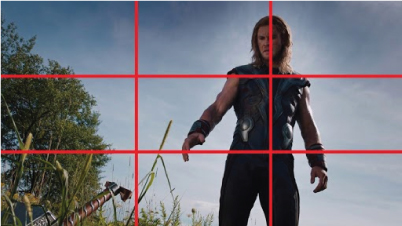
This fairly basic example from The Avengers gives us a unique perspective while providing narrative context and heightening tension.
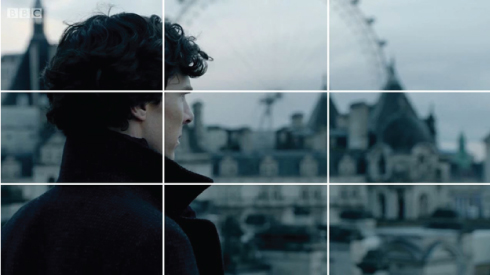
Place your main objects along or within these lines, or their intersection. Almost all filmmakers and experienced videographers use this rule for filming to make the image more interesting and dynamic.
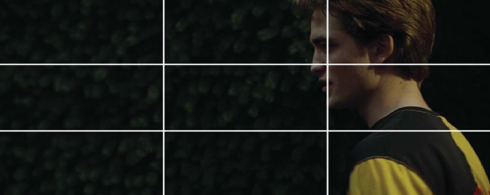
By placing important objects and characters that you shoot at the intersection of the dividing lines in the grid, you can make the image more dynamic and attract viewers’ attention.
All rules are meant to be broken
Of course, rules are meant to be broken. After all, you do not want to be limited in your creativity. Even if the rule of thirds offers an excellent orientation, there are particular objects or scenes where a different approach makes sense.
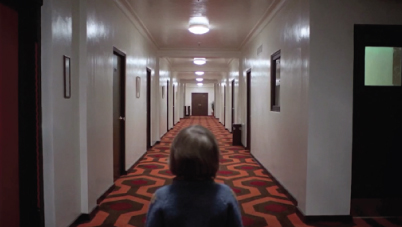
Kubrick’s centre framing is often used for dramatic effect. Consider this example from The Shining
For example, if you want to build a more intense relationship to your subject or emphasise the symmetry of a scene. However, before you break the rule of thirds, you should first practice applying it. The more you use this simple rule, the easier it will be for you to shoot really great video images.
